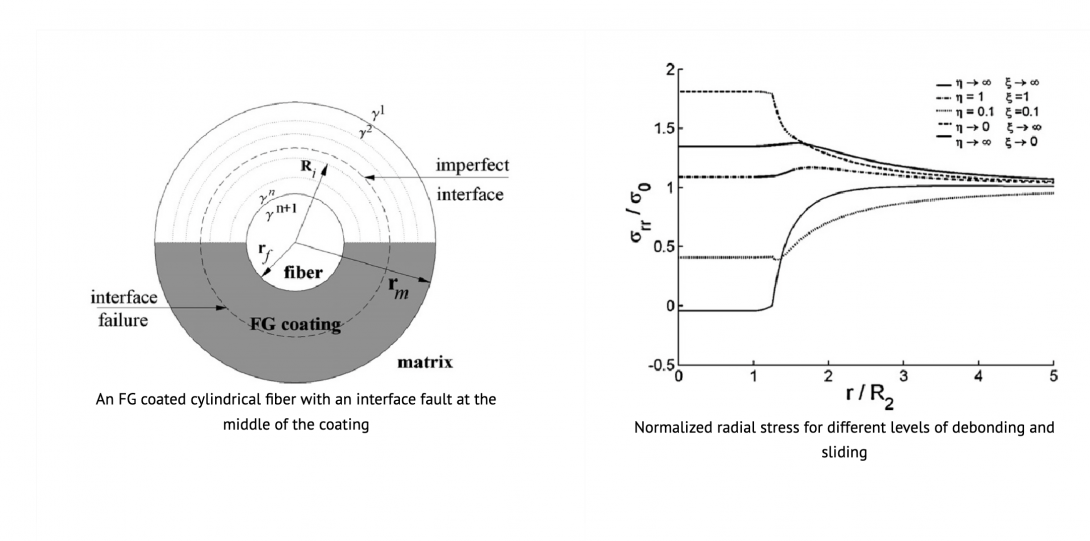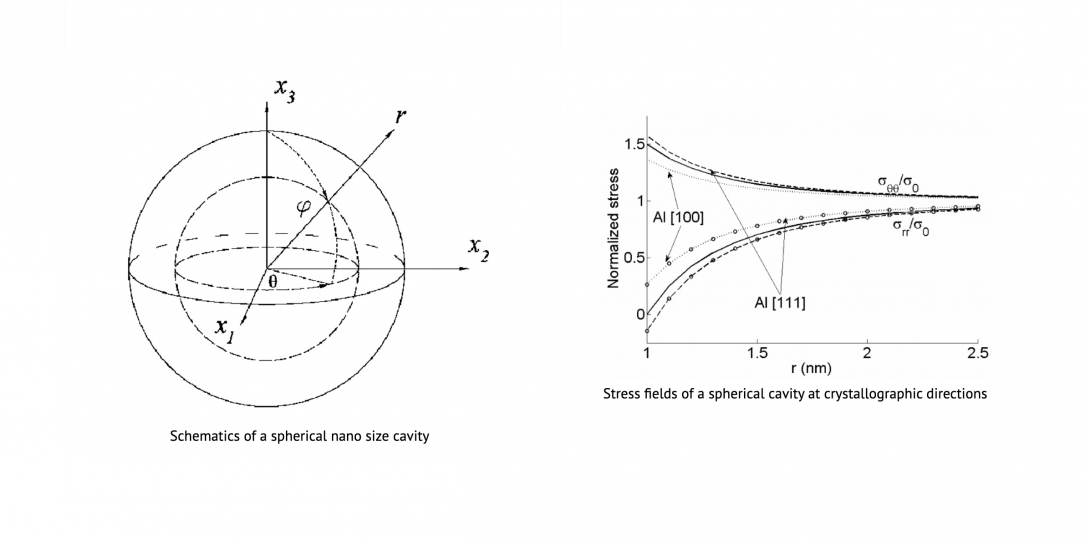Mechanics of Composite Materials
Mechanics of Composite Materials
Composite materials offer an excellent opportunity for transferring ideas inspired by biological materials into innovative technical structures via biomimetic approaches. Despite significant progress, quantitative and predictive models are yet to be developed to fully understand the mechanical properties of (nano-) composite structures.
It is known that composites reinforced with coated fibers not only have a substantially larger overall strength but they can better withstand adverse conditions because of the combinations of severe loadings and hostile environments. The microscopic composition and properties of the coating layer significantly influence the mechanical properties and failure modes of the fiber-reinforced composites. For instance, in the absence of a coating layer, the mismatch in thermoelastic properties of fiber and matrix could cause large thermal stresses at the fiber-matrix interface and subsequently nucleation of cracks.
We have determined the thermo-mechanical stress field in and around a spherical and cylindrical inhomogeneity surrounded by a functionally graded coating with perfect and/or imperfect bondings. Imperfect bonding conditions are modeled using linear spring model and coherent interface model. In nano-size fibers, the surface energy is not negligible with respect to bulk energy. Therefore, we incorporated the effect of surface stresses into the formulation of the problem using a coherent interface model.

